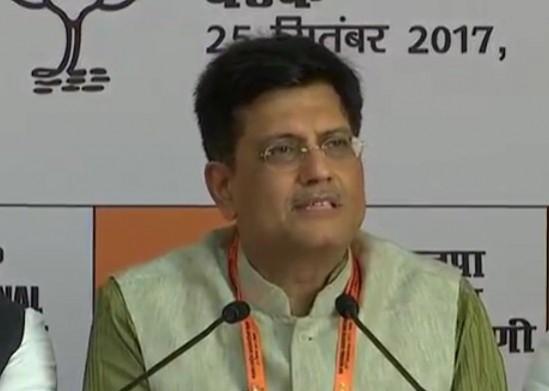
In a way, this year's interim budget, the last from the present NDA government before the Lok Sabha elections, is set against a similar backdrop as its first (albeit not full) budget of 2014-15 when the real estate sector was reeling under a major financial crisis. As such, it is expected of the February 1 budget to provide a liquidity lifeline to revive the realty sector, recently hit by the crisis in the NBFCs that have been a major source of its funding.
The Modi government's first budget had contributed to considerably improving the investment climate by liberalising the FDI norms in the construction sector, besides injecting Rs 4,000 crore to the National Housing Bank (NHB) to promote affordable housing and introducing REITs (Real Estate Investment Trusts) with tax incentives to unlock a new source of financing for cash-strapped developers.
So, on the one hand, while that budget focused on boosting supply through increased investment, on the other hand, it provided a recipe to boost demand by increasing the home loan interest exemption limit by Rs 50,000 and raising the income tax limit by Rs 50,000. And now, five years later, in the wake of the real estate sector facing the initial disruptive impact of progressive reforms like RERA and GST, the sector is looking up to the government to provide it a similar budgetary booster dose, both on the supply and demand side.
While the liquidity crunch has been adding to the supply side problems, the current crisis in the real estate sector has a lot to do with home affordability
Though the key reforms undertaken by the NDA government have brought in the much needed transparency and fair play in realty transactions, yet the restrictive provision of maintaining escrow accounts under RERA to check misuse of customer funds has resulted in liquidity constraints for the developers, made worse by the crisis in the NBFCs.
Hundreds of housing projects across India are today stalled for want of funds, in turn driving down the real estate sentiment. It is in this backdrop that the sector is looking up to the new budget as a saviour to provide some kind of lifeline to the stalled projects. It is expected of the budget to create a stressed asset fund to take up incomplete projects.
The industry captains are also hoping that the budget may provide some incentives to stressed asset companies to encourage them to undertake stalled projects. And to further boost supply, the industry has on its budget wishlist a long-pending demand of introducing a structured single window clearance system.

The supply constraint can be considerably tackled by boosting flows from banks to the sector. This can be achieved through a policy initiative to grant industry status to real estate, though in the backdrop of NPA-struck banking, this looks unlikely, especially as the infrastructure status earlier granted to affordable housing has not brought in the desired results in terms of cheaper bank funding.
As inflation has shown signs of relaxation, a reduction in interest rates, especially subsidised interest rates for affordable housing, along with tax benefits in home insurance, will make home ownership more affordable
Incentivised policies to promote rental housing and boost construction skills and technology are also required which may ultimately improve home affordability.
While the liquidity crunch has been adding to the supply side problems, the current crisis in the real estate sector has a lot to do with home affordability. As such, it is expected of this budget to follow the first budget of the NDA government in enhancing the income tax limit as well as increasing the home loan interest deduction limit.
And as inflation has shown signs of relaxation, going forward, the reduction in interest rates, especially subsidised interest rates for affordable housing, along with tax benefits in home insurance, may well bring home ownership within comparatively affordable limits.
Besides unaffordable home prices, the high transaction cost (12 per cent GST for standard housing and 8 per cent for affordable housing), in addition to 6-7 per cent stamp duty, has been playing spoilsport in reviving housing. The government may well bring down the GST to 8 per cent and 5 per cent, with input tax credit, to make it more or less tax neutral.
Further, there is likelihood of bringing down the GST on construction material like cement to boost home affordability, paving the way for speedy revival of housing.
But the big question is: Will these high hopes from the interim budget materialise for the real estate sector, especially as due to poll compulsions, the government has a higher priority of addressing the rural and farm distress?
(By Vinod Behl, via IANS)

















